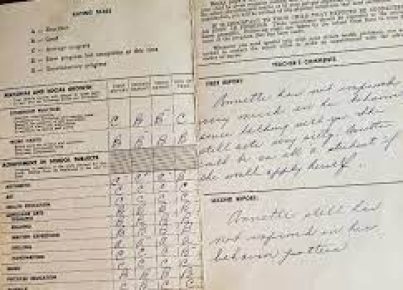Introduction:
Assessment for learning (AfL) and cooperative learning strategies are two pivotal approaches in modern education. These techniques not only foster an engaging and conducive environment but also promote students’ understanding and retention of subject matter. In this article, we will discuss the principles behind AfL and cooperative learning strategies, their benefits and impact on academic achievement, and practical examples of how they can be implemented in the classroom.
Assessment for Learning:
Assessment for learning refers to the process of collecting evidence on a student’s learning progress using various activities like quizzes, tests, group projects, or self-assessments to improve instruction. AfL strives to meet the students where they are while providing timely feedback to guide instruction and support their development.
Benefits of AfL:
1. Enables teachers to monitor student progress better
2. Promotes self-assessment and reflection among students
3. Provides a clear understanding of student achievement
4. Enhances motivation for continuous improvement
Examples of AfL:
– Peer assessment: Students assess their peers’ work to enhance understanding and identify areas of improvement
– Exit tickets: Students answer brief questions about the lesson before leaving class; this helps teachers assess whether they grasped key concepts
– Concept maps: Students create visual representations of key ideas from a lesson linking related concepts, allowing teachers to evaluate their understanding
Cooperative Learning Strategies:
Cooperative learning is an instructional approach that encourages students to work collaboratively in small groups with diverse peers. This approach aims to cultivate social skills, critical thinking, problem-solving abilities, teamwork, and active role-taking in each participant.
Benefits of Cooperative Learning Strategies:
1. Promotes a positive learning environment
2. Encourages diverse perspectives
3. Develops higher-order thinking skills
4. Improves social and emotional competencies
Examples of Cooperative Learning Strategies:
– Jigsaw: Students are divided into expert groups that learn a specific section of the material. They are then reassembled into “jigsaw” groups, where each member shares their knowledge with others.
– Think-Pair-Share: Students think individually about a topic, discuss it with a partner, and then share their understanding with the class.
– Group Investigation: Students work together to investigate a problem or project, presenting their findings to the rest of the class.
Conclusion:
Implementing assessment for learning and cooperative learning strategies in classrooms sparks a supportive and engaging atmosphere where everyone can grow and excel. By embracing these methods, teachers can effectively monitor students’ progress, promote higher-order thinking skills, and create a sense of community in an increasingly diverse world. Ultimately, these approaches contribute to producing well-rounded individuals capable of tackling future challenges intelligently and responsibly.





